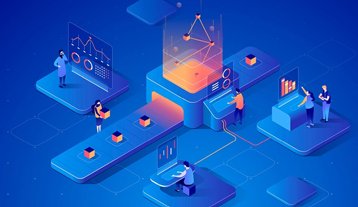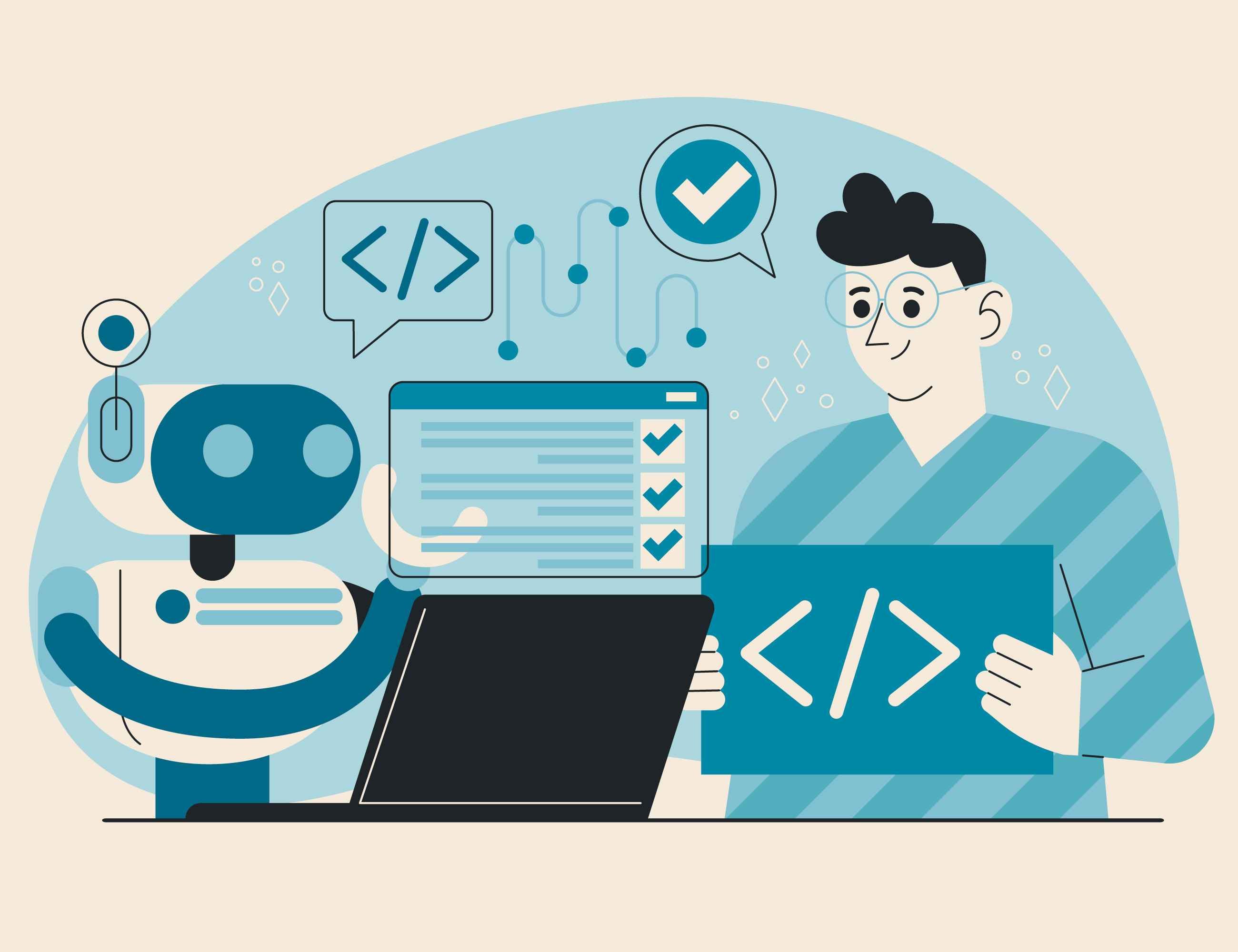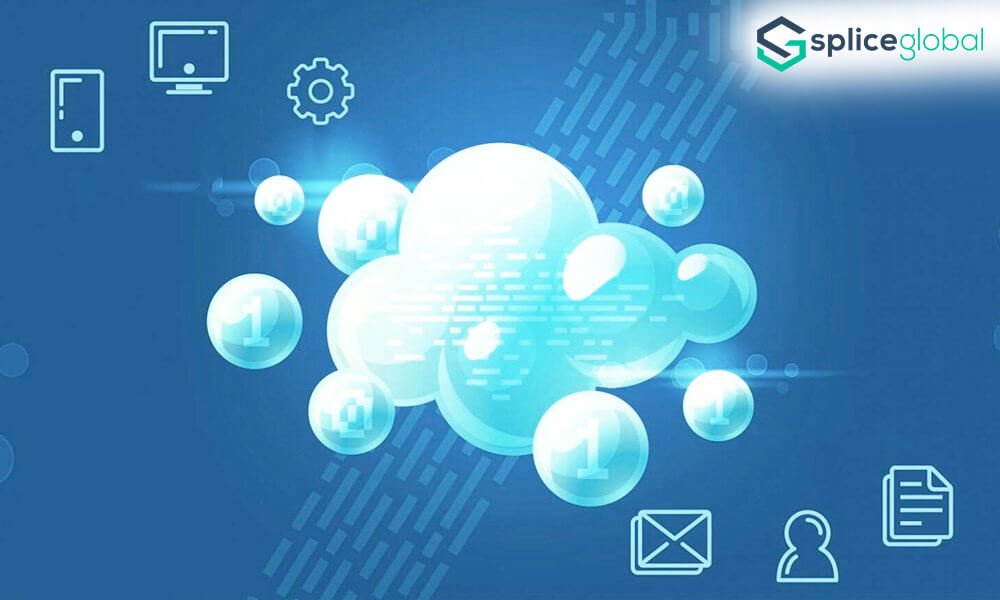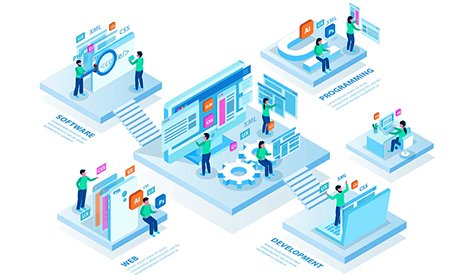2020 is the year when some of the most popular technologies of the decade have come within commercial reach. The concepts which were unattainable to people are becoming mainstream and available to a larger population to adopt. The trends of edge computing, Artificial Intelligence, and Machine Learning have become common to people and they are enjoying the diversity. Let's go through some of the impeccable achievements.
1. Machine Learning
It is evident from the name that is an application that assists in training a machine to perform a specific task. It is the core application of Artificial Intelligence which aces in instructing a computer to analyze data that can result in analytical model building. Machine Learning can analyze and identify patterns and allow to make certain decisions without much human intervention. Machine learning is important in a bigger aspect as the automatically produced models are capable of analyzing substantially complex data and delivering faster and more definite results. In a large-scale environment, this can eradicate a lot of complexities to provide organizations with profitable outcomes.
2. Pandas
Anyone associated with data munging or wrangling would have a fair idea of the game changer library, Pandas. Python Data Analysis Library has become the most preferred tool for data analysis. Most of the attention goes towards how easy it is working with Pandas as when it collects the data it puts them into a Python object comprising of rows and columns, which is called a data frame, which is familiar to the programmers as it is like any other table in statistical software.
3. NumPy
NumPy is a package that works fundamentally with Python for the purpose of scientific computing. It serves you with a high-performance, multidimensional array object and also comes with tools that assist in working with these arrays. This is a Python library that operates with linear algebra, matrices and fourier transform. NumPy was created to combat the issue of slow processing that happens with conventional Python lists. The array system is 50 times faster. What makes it so efficient is that the arrays are stored in a continuous area in the memory, very different from how lists work.
4. TensorFlow
This is also a popular free and open-source programming software. The popularity of Google's TensorFlow is unmatchable. It is concentrated in numerical computation and machine learning on a large scale. What is the normal condition of deep learning and machine learning, also be referred to as neutral networking. The deep neural networks are run by TensorFlow which can train handwritten digit classification, go for image recognition or word embeddings.
5. NLTK
The Natural Language Toolkit provides a foundation to frame python programs that can interpret human language data so that it can be applied in statistical natural language processing, NPL. Celebrity for text processing which gives way to tokenizing, parsing, classification, tagging, stemming and semantic reason. NLTK comes with its own graphical illustration and sample data sets which can be supported to the programmer. Some advancements are really necessary to take technology to the next level. More precise results and speed is the goal of modern technology and these software aids in those missions.








